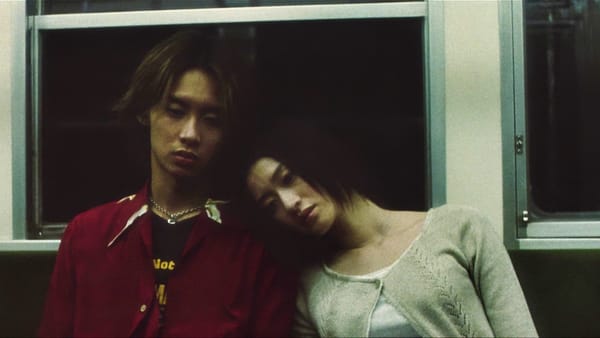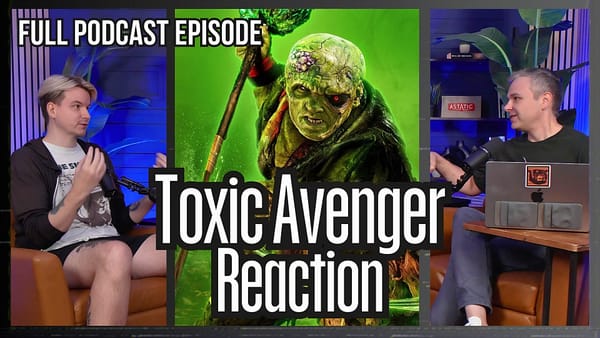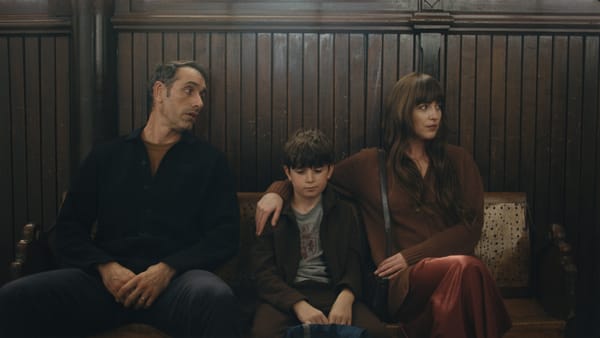'The Brutalist' Review: Art and Survival Under the Crushing Weight of Capitalism

I get why The Brutalist might be a tough pitch for a wide audience. Despite snagging a Golden Globe for Best Drama and landing a spot on the Oscars shortlist, it doesn’t exactly scream “crowd-pleaser.”
When I invited a friend to join me for a screening, his first question—“What’s it about?”—was met with my awkwardly blunt response: “It’s a four-hour epic about a Holocaust survivor navigating the gauntlet of mid-20th-century capitalism. Oh, and there’s an intermission.” The look in his eyes said it all: Hard pass.
His loss.
Director Brady Corbet’s latest feature is a triumph—a bold, unrelenting vision that earns most of the critical acclaim it has amassed. Yet, for all its heft, The Brutalist achieves something remarkable: it never feels like a slog.
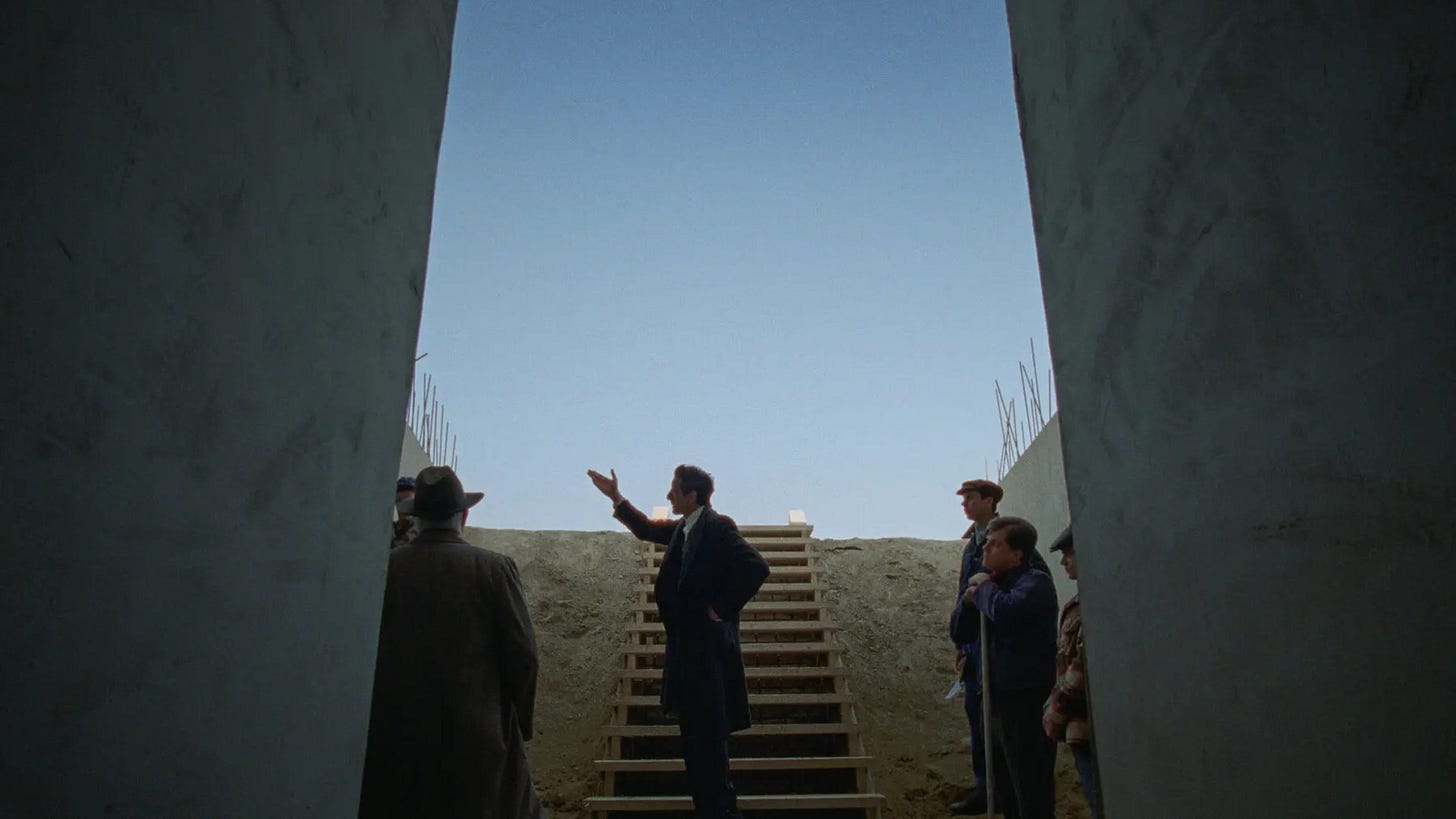
Yes, it stretches nearly four hours. Yes, it spans decades. Yes, there’s a literal pause for breath halfway through. But the film is deeply captivating, holding you in its grip so tightly that when it finally releases you, the ending feels almost abrupt.
Not everyone will walk away as enthralled, but for those drawn to fearless storytelling and uncompromising artistry, The Brutalist is a rare gem—a definitive highlight of 2024.
The film follows László Tóth (Adrien Brody), a gifted Hungarian Jewish architect who survives the Holocaust only to find himself sidelined in postwar America. Uprooted from a Europe that no longer has a place for him, László arrives in the U.S., where his past achievements carry little weight and the barriers of race, class, and economics burden his spirit as he awaits the arrival of his wife and niece.
We’ve seen immigrant narratives before, but The Brutalist sidesteps the usual trappings of sentimentality, savior arcs, and misery voyeurism. Corbet, co-writing with Mona Fastvold, crafts a rich character study that doubles as a ruthless dissection of capitalism and the uneasy tension between art and commerce. What truly sets this film apart, though, is its willingness to plunge into startlingly dark and uncomfortably intimate terrain. It confronts its characters—and its audience—with hard, unexpected emotional truths.
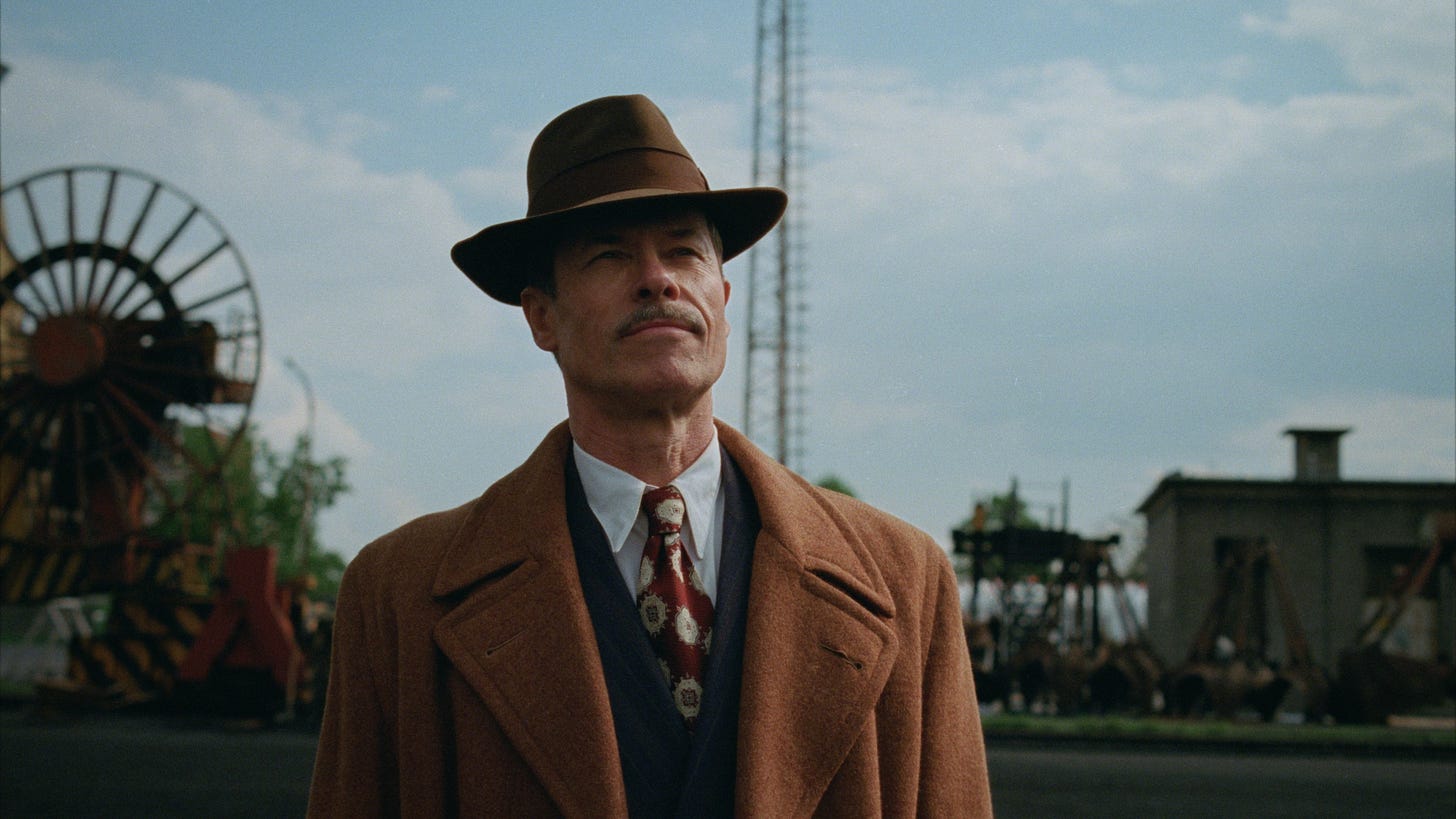
Brody is perfectly cast, delivering an emotional, arresting performance without veering into melodrama. As László, a visionary architect whose designs clash with the demands of American capitalism, he embodies the painful dissonance of a man ahead of his time yet stifled by his era. His portrayal exudes vulnerability, tempered by a complex mix of wounded pride and burdened resolve. This is some of the finest work of his career.
Guy Pearce is equally magnetic, enriching his morally ambiguous archetype with remarkable depth. As László’s wealthy patron, Harrison Lee Van Buren—a name that practically comes with its own family crest—Pearce embodies the seductive allure of power, masking an evil streak stoked by enormous capitalist gains. What could have been a stock villain becomes, in Pearce’s hands, a layered and unpredictable figure whose charisma only makes his corruption more chilling. (If Pearce doesn’t earn an Oscar nod for this, well, fuck the Oscars.)
Technically, the film is a singular achievement. Shot in vintage VistaVision by cinematographer Lol Crawley, The Brutalist channels the grandeur of American epics like The Godfather and There Will Be Blood while carving out its own distinct visual identity. Crawley’s camera alternates between sweeping landscape compositions and off-kilter perspectives, underscoring the alienation and instability of László’s journey. A standout early shot depicts the Statue of Liberty inverted, its torch pointing away from the heavens— reflecting the film's aim to repackage the familiar and iconic through an unflinchingly honest lens. Daniel Blumberg’s primal, percussive score elevates the epic vibe.
If The Brutalist falters, it’s in its late chapters, when it introduces Tóth’s wife, played by a superb Felicity Jones. Jones' character is steely and determined; she adds punch and texture to the narrative. Yet the film doesn’t fully explore her perspective, and this relative underdevelopment feels at odds with the otherwise rigorous attention to detail. The focus on capitalism, art, and identity loses some cohesion in the film’s coda, leaving these themes feeling somewhat diluted.
But these quibbles hardly diminish the film’s overall achievement. From its towering performances to its striking cinematography, from its gut-punching narrative to its visual celebration of modern architecture, The Brutalist is a commanding work of art. It challenges, surprises, and—despite its length—rewards those willing to meet it on its own terms.
So, to those dismissing it as “too long” or “too heavy”: you’re missing something extraordinary.
Check out Glitch Film on:
📺 YouTube
🦋 BlueSky


